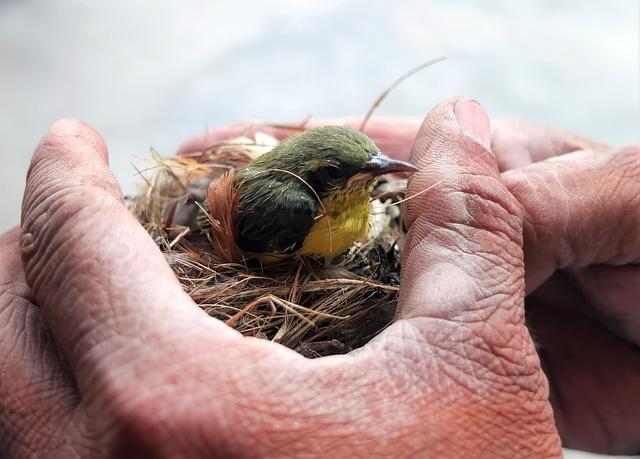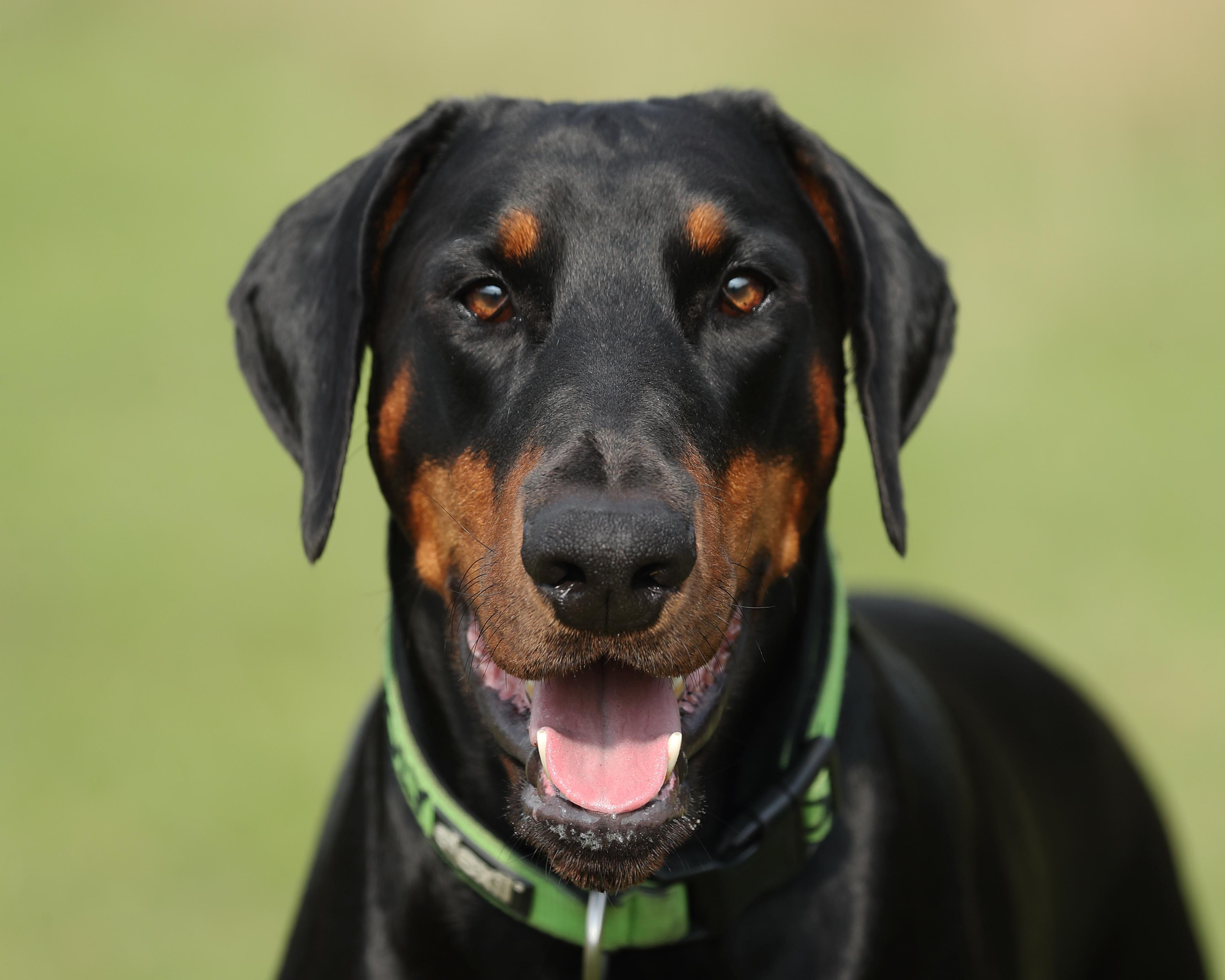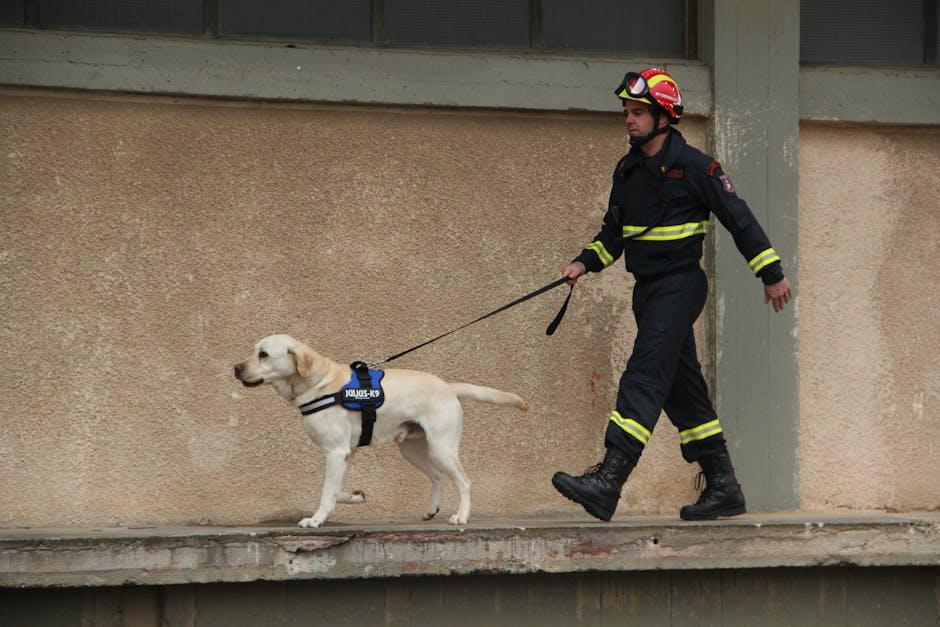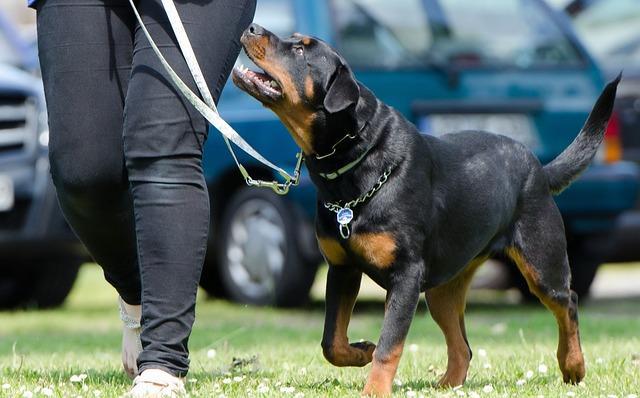Bringing a rescue dog into your home is an act of compassion and commitment, especially when that dog comes with a troubled past. These loyal companions often carry with them the weight of previous hardships, and it’s our privilege to guide them toward a brighter, more secure future. Training a rescue dog with a challenging history requires patience, understanding, and a gentle approach tailored to their unique needs. In this article, we will explore effective strategies to help your new furry friend overcome their past and embrace a life filled with love and trust. With warmth and guidance, you can help transform fear into confidence, forging a bond that will enrich both of your lives.
Understanding Your Rescue Dogs Unique Needs
Every rescue dog carries with them a tapestry of experiences that shape their behaviors and emotions. Understanding these nuances is crucial in forming a deep, trusting bond. Begin by observing your dog’s body language and reactions in different situations. This will help you identify any triggers or fears. Some dogs might be sensitive to loud noises, while others may become anxious around new people. Patience is key; give your dog time to adjust and show their true personality.
It’s also important to establish a safe and comforting environment for your furry friend. Consider the following tips:
- Consistent Routine: Establish a daily routine for feeding, walks, and playtime. This predictability can help reduce anxiety.
- Safe Space: Create a cozy spot where your dog can retreat to when they need to feel secure.
- Gentle Approach: Use positive reinforcement techniques and avoid harsh corrections to build trust.
- Professional Guidance: Don’t hesitate to consult a professional trainer or behaviorist if needed.
By taking these steps, you’ll be well on your way to understanding and meeting the unique needs of your rescue dog, paving the path to a harmonious and loving relationship.

Building Trust and Establishing a Safe Environment
When working with a rescue dog that has experienced hardship, it’s essential to cultivate an environment of trust and safety. This begins with understanding their unique needs and past experiences. Patience is your greatest ally; take time to observe and learn their triggers and comfort zones. Create a space where they can feel secure, such as a cozy corner with their favorite blanket or toys. This helps them associate their new home with safety and warmth.
Building trust requires consistent, gentle interactions. Use positive reinforcement to encourage desired behaviors and build confidence. Here are a few tips to help foster a trusting relationship:
- Respect their boundaries: Avoid forcing interaction when they seem anxious or scared.
- Maintain a routine: Consistent feeding, walking, and playtimes provide structure and predictability.
- Use a calm voice: Speak softly and offer reassurance to soothe their nerves.
- Introduce new experiences gradually: Allow them to explore at their own pace to prevent overwhelming them.
Remember, every small step forward is a victory. With time, patience, and love, you’ll nurture a bond that can help heal past wounds and pave the way for a happier future together.

Positive Reinforcement Techniques for Troubled Dogs
Embracing positive reinforcement can be a transformative experience for a rescue dog with a troubled past. This technique focuses on rewarding desired behaviors, thereby encouraging them to repeat those actions. The key is to be patient and consistent, creating a safe and loving environment where your furry friend feels secure and understood. Begin by identifying what motivates your dog—whether it’s a special treat, a favorite toy, or verbal praise. Every small achievement should be celebrated to build trust and confidence.
- Use Treats Wisely: Keep training sessions short and sweet, using small, high-value treats to reinforce good behavior.
- Be Consistent: Establish clear cues and commands, ensuring everyone in the household uses the same words and gestures.
- Offer Verbal Praise: Accompany treats with enthusiastic verbal praise, reinforcing the positive association.
- Incorporate Play: Use play as a reward, integrating games like fetch or tug-of-war to strengthen your bond.
- Stay Patient: Progress might be slow, but patience and love will pave the way for a well-adjusted, happy companion.

Creating a Consistent Routine for Lasting Progress
Establishing a routine is essential when training a rescue dog with a troubled past. Dogs thrive on consistency, and providing a structured environment can help them feel secure and more receptive to learning. Begin by setting regular times for meals, walks, and training sessions. This predictability allows your dog to anticipate what comes next, reducing anxiety and creating a foundation for trust.
- Consistency in Commands: Use the same words and gestures for commands. This helps avoid confusion and reinforces learning.
- Short and Frequent Sessions: Keep training sessions short but frequent to maintain your dog’s attention and enthusiasm.
- Positive Reinforcement: Reward good behavior with treats, praise, or playtime. Positive reinforcement encourages your dog to repeat desired behaviors.
- Patience is Key: Understand that progress may be slow. Celebrate small victories and remain patient with setbacks.
With time, dedication, and love, a well-structured routine can transform the life of a rescue dog, helping them overcome their past and flourish in a safe and nurturing environment.

